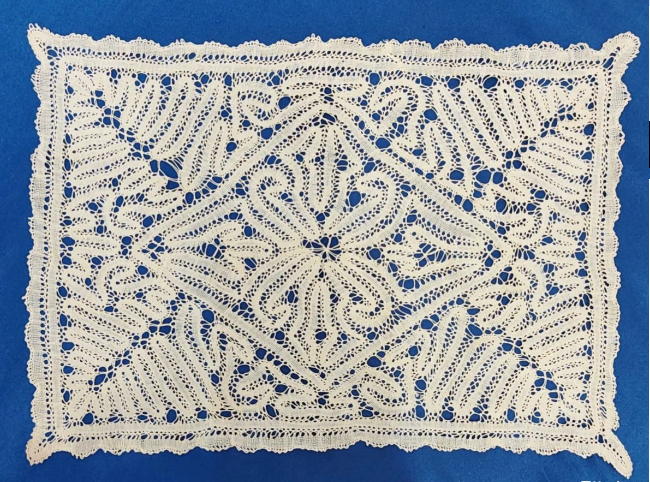Crete, the largest of the Greek islands, is renowned for its vibrant cultural heritage, which encompasses a wide array of traditional crafts. Among these, lace making stands out as a particularly intricate and beloved art form. Cretan traditional lace making, known locally as “kopaneli,” has been practiced for centuries, passed down through generations of women who have meticulously created beautiful and elaborate patterns. This craft is not only a testament to the island’s artistic ingenuity but also a vital part of its social and cultural fabric.
Historical Roots and Cultural Significance
The art of lace making in Crete dates back to the Venetian period (1204-1669), when the island was under Venetian control. The Venetians introduced lace making techniques to Crete, where the local women quickly adapted and refined these methods, incorporating them into their own cultural traditions. Over time, Cretan lace developed its own distinct style, characterized by intricate patterns and motifs that reflect the island’s natural beauty and rich history.
Lace making became an integral part of Cretan life, especially in rural areas where women would gather to work on their lace, sharing stories, and passing down techniques from mother to daughter. This communal aspect of lace making helped to strengthen social bonds and preserve the craft through the generations. Lace was used to adorn traditional clothing, household linens, and religious items, and was often considered a symbol of status and skill.
Techniques and Patterns
Cretan lace is traditionally made using a technique called “kopaneli,” which involves a lace pillow and bobbins. The lace maker uses the bobbins to weave and twist fine threads into intricate patterns, often guided by a paper template or “pricking” that outlines the design. The process requires great precision, patience, and dexterity, as even a small mistake can disrupt the entire pattern.
The designs of Cretan lace are inspired by the island’s natural surroundings, including flowers, leaves, and geometric shapes. Common motifs include the “karfi” (nail), which resembles a stylized flower, and the “klosti” (thread), which features intricate interwoven lines. Each lace maker often develops her own unique style, adding personal touches to the traditional patterns.
One of the most famous types of Cretan lace is “kalami,” a delicate and airy lace that is often used to decorate wedding dresses and ecclesiastical vestments. Another popular style is “dantela,” a heavier, more durable lace used for tablecloths and bed linens.
Preservation and Revival
In recent years, the traditional craft of lace making has faced challenges due to the decline of rural communities and the impact of modernization. However, efforts to preserve and revive this important cultural heritage are underway. Local organizations and cultural associations are working to promote lace making by offering workshops, exhibitions, and educational programs.
These initiatives aim to encourage younger generations to learn and appreciate the craft, ensuring that it continues to thrive. Many Cretan women are now using social media and online platforms to share their work and connect with a global audience, bringing renewed attention to the beauty and intricacy of Cretan lace.
Additionally, the inclusion of Cretan lace in contemporary fashion and home decor has helped to keep the craft relevant in modern times. Designers and artisans are incorporating traditional patterns into modern designs, creating a fusion of old and new that appeals to a wide range of tastes.
Visiting Lace Making Villages
For those interested in experiencing Cretan lace making firsthand, a visit to one of the island’s lace making villages is a must. Villages such as Anogeia, Kritsa, and Archanes are known for their skilled lace makers and vibrant cultural heritage. Visitors can watch the artisans at work, learn about the history and techniques of lace making, and purchase exquisite handmade lace directly from the makers.
In these villages, lace making is often integrated into daily life, with women working on their lace in the communal areas, allowing visitors to witness the craft in its traditional context. These encounters provide a deeper appreciation for the skill and dedication involved in creating Cretan lace and offer a unique insight into the island’s cultural identity.
Conclusion
Cretan traditional lace making is a cherished craft that embodies the island’s artistic heritage and cultural history. The intricate patterns and meticulous techniques reflect the creativity and skill of generations of Cretan women who have preserved and passed down this beautiful art form. As efforts to revive and promote lace making continue, the craft remains a vibrant and integral part of Crete’s cultural landscape, connecting the past with the present and inspiring future generations to carry on this exquisite tradition. Whether through visiting lace making villages, attending workshops, or incorporating traditional lace into modern designs, exploring the world of Cretan lace offers a rich and rewarding experience.


